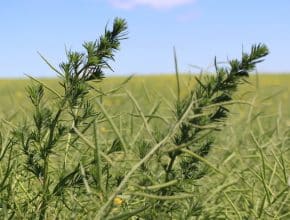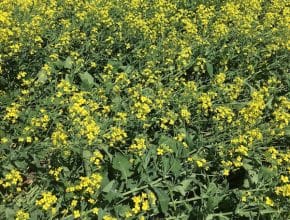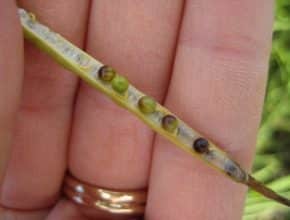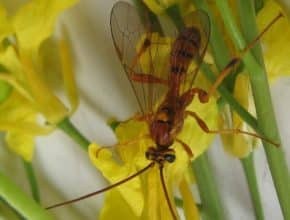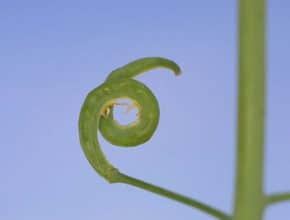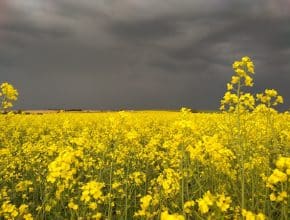Home / Canola Watch / July 27, 2016 - Issue 19
-
Surviving weeds are growing strong and some of them — like kochia and wild oats — start to look really obvious by this time of year…
-
Patches that seem to be maturing early while the rest of the crop is still green do warrant closer inspection. With all the rainfall in some areas, die-off due to excess moisture could be the prime suspect — but check anyway. It could be disease…
-
If it does not straighten up, the result can be higher levels of sclerotinia stem rot and harvest challenges…
-
Some of the earliest canola fields will show seed colour change over the next two weeks. For those growers, we provide this short primer on swath timing and straight combining…
-
Pod-eating insects — including bertha armyworm, lygus and diamondback moth larvae — are at low levels in general in 2016. The biggest factors regulating insect populations are (1) weather, (2) natural enemies and (3) competing food sources. Each is working in favour of lower insect pest pressure this year…
-
Three thrips species will feed on canola in Canada and only one — western flower thrips, (Frankliniella occidentalis) — causes pod curling…
-
As canola starts to move from flowering and into pod formation, growers will often notice blanks up the raceme where pods did not form. Here are 7 possible reasons: Heat.……
-
Heavy rains can increase the sclerotinia stem rot risk but they also make fields too wet for ground sprayers. This can delay timely applications, especially because demand for aerial applicators can make for long wait times. Here are scenarios that may help you work through this situation…

